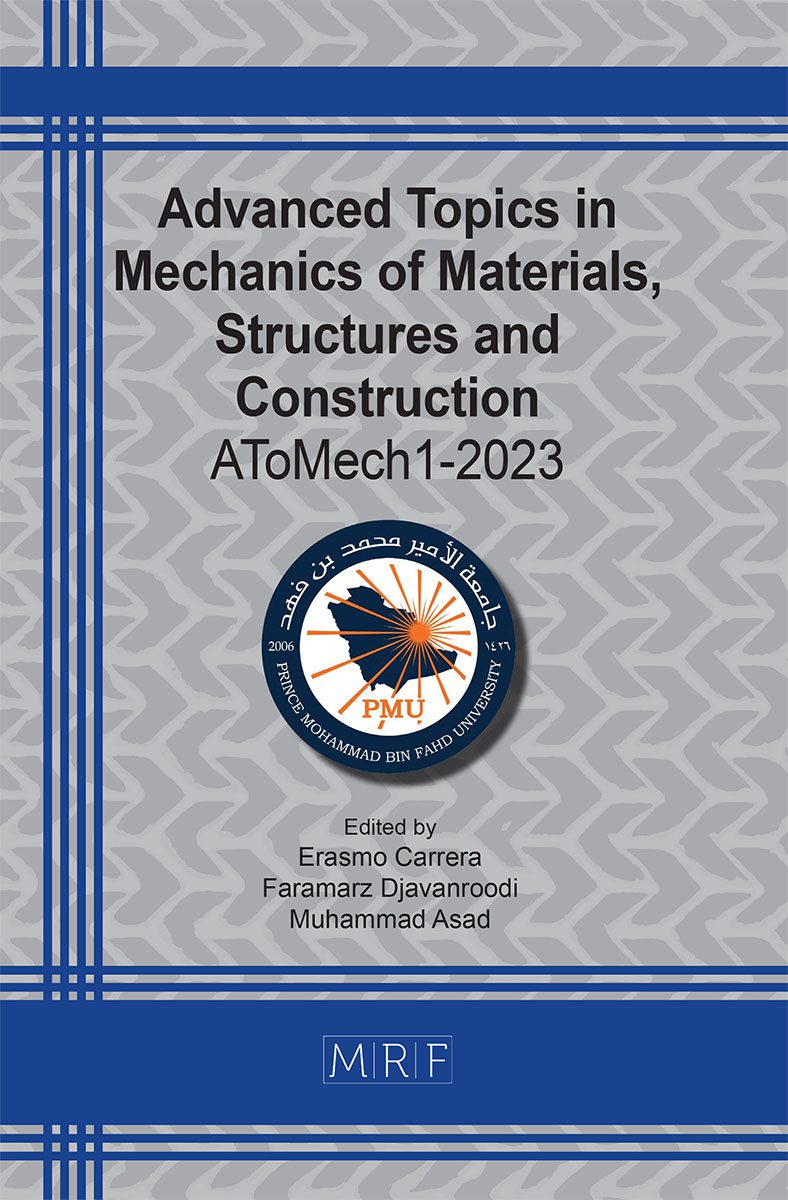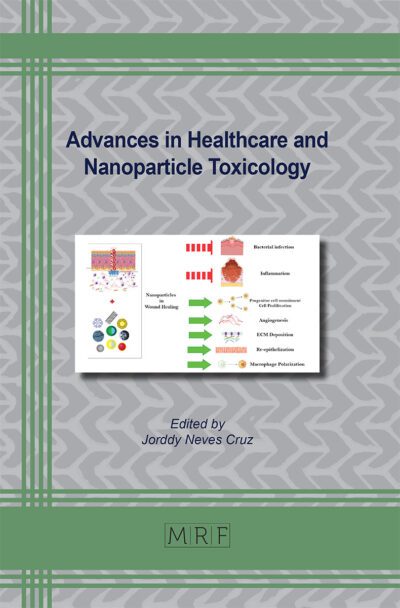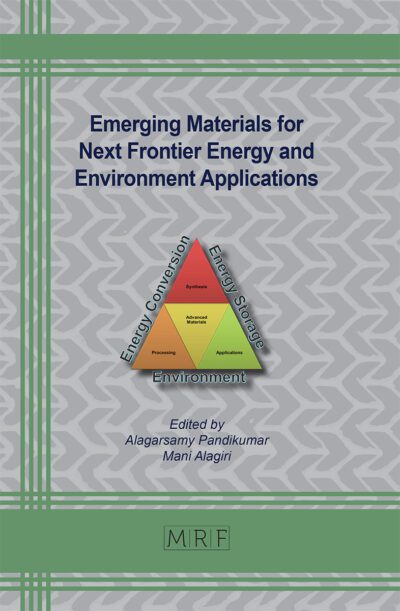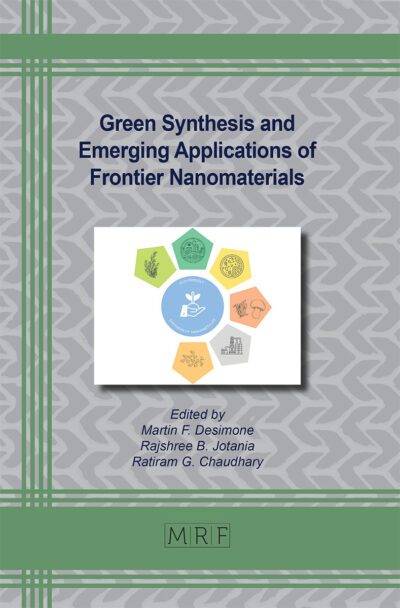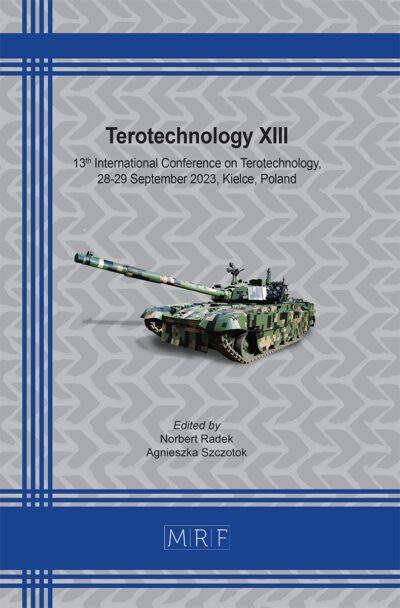Design and simulation of a large-scale telescopic paraboloidal solar concentrator: Dual receiver
Barena Bekalo Betela, Venkata Ramayya Ancha, Lingala Syam Sundar
download PDFAbstract. Beam-down solar concentrators with a secondary reflector are receiving a lot of attention at present. Large telescopic dual-receiver solar concentrators with Gregorian and Cassegrain alignments have been modelled and investigated in the present study with each telescopic design having a unique set of receivers that are mounted and anchored to the ground. A comparative assessment of both of the telescopic alignments have been carried out along with minimum image radii The results reveal that both telescopic designs are capable of splitting incoming sunlight and facilitating the use of two receivers. For the design and simulation of telescopic designs, Tonatiuh and Soltrace have been employed for a comparative evaluation. Both of the conventional and telescopic designs using Soltrace and Cassegrain, as well as conventional designs by Tonatiuh, produced identical results in the simulation of total power on the receiver, However, a sizable peak flux discrepancy was seen between the results from Tonatiuh and Soltrace.
Keywords
Beam-Downsystem, Dual Receiver, Gregorian Telescope, Cassegrain Telescope, Solar Thermal Energy, Parabolic Dish, Secondary Reflector, Mounted Receiver, Ground-Fixed Receiver
Published online 8/10/2023, 8 pages
Copyright © 2023 by the author(s)
Published under license by Materials Research Forum LLC., Millersville PA, USA
Citation: Barena Bekalo Betela, Venkata Ramayya Ancha, Lingala Syam Sundar, Design and simulation of a large-scale telescopic paraboloidal solar concentrator: Dual receiver, Materials Research Proceedings, Vol. 31, pp 514-521, 2023
DOI: https://doi.org/10.21741/9781644902592-53
The article was published as article 53 of the book Advanced Topics in Mechanics of Materials, Structures and Construction
![]() Content from this work may be used under the terms of the Creative Commons Attribution 3.0 license. Any further distribution of this work must maintain attribution to the author(s) and the title of the work, journal citation and DOI.
Content from this work may be used under the terms of the Creative Commons Attribution 3.0 license. Any further distribution of this work must maintain attribution to the author(s) and the title of the work, journal citation and DOI.
References
[1] A. S. Wardhana, M. Ashari, and H. Suryoatmojo, “Designing and modeling a novel dual parabolic concentrator with three degree of freedom (DOF) robotic arm,” Solar Energy, vol. 194, pp. 436-449, 2019/12/01/ 2019, doi: https://doi.org/10.1016/j.solener.2019.10.057.
[2] E. Bellos, “Progress in beam-down solar concentrating systems,” Progress in Energy and Combustion Science, vol. 97, p. 101085, 2023/07/01/ 2023, doi: https://doi.org/10.1016/j.pecs.2023.101085.
[3] F. Nie, Y. Yu, F. Bai, and Z. Wang, “Experimental and numerical investigation on thermal performance of a quartz tube solid particle solar receiver,” Solar Energy, vol. 207, pp. 1055-1069, 2020/09/01/ 2020, doi: https://doi.org/10.1016/j.solener.2020.07.013.
[4] M. Tawfik, “A review of directly irradiated solid particle receivers: Technologies and influencing parameters,” Renewable and Sustainable Energy Reviews, vol. 167, p. 112682, 2022/10/01/ 2022, doi: https://doi.org/10.1016/j.rser.2022.112682.
[5] C. Tregambi et al., “Directly irradiated fluidized bed reactor for thermochemical energy storage and solar fuels production,” Powder Technology, vol. 366, pp. 460-469, 2020/04/15/ 2020, doi: https://doi.org/10.1016/j.powtec.2020.02.045.
[6] F. Di Lauro, C. Tregambi, F. Montagnaro, P. Salatino, R. Chirone, and R. Solimene, “Improving the performance of calcium looping for solar thermochemical energy storage and CO2 capture,” Fuel, vol. 298, p. 120791, 2021/08/15/ 2021, doi: https://doi.org/10.1016/j.fuel.2021.120791.
[7] G. Moumin et al., “CO2 emission reduction in the cement industry by using a solar calciner,” Renewable Energy, vol. 145, pp. 1578-1596, 2020/01/01/ 2020, doi: https://doi.org/10.1016/j.renene.2019.07.045.
[8] S. Kiwan and Q. R. Soud, “Experimental investigation of the thermal performance of a sand-basalt heat storage system for beam-down solar concentrators,” Case Studies in Thermal Engineering, vol. 19, p. 100609, 2020/06/01/ 2020, doi: https://doi.org/10.1016/j.csite.2020.100609.
[9] D. Saldivia, J. Bilbao, and R. A. Taylor, “Optical analysis and optimization of a beam-down receiver for advanced cycle concentrating solar thermal plants,” Applied Thermal Engineering, vol. 197, p. 117405, 2021/10/01/ 2021, doi: https://doi.org/10.1016/j.applthermaleng.2021.117405.
[10] X. Wei, Z. Lu, W. Yu, and W. Xu, “Ray tracing and simulation for the beam-down solar concentrator,” Renewable Energy, vol. 50, pp. 161-167, 2013/02/01/ 2013, doi: https://doi.org/10.1016/j.renene.2012.06.029.
[11] S. Yang, J. Wang, P. D. Lund, C. Jiang, and X. Li, “High performance integrated receiver-storage system for concentrating solar power beam-down system,” Solar Energy, vol. 187, pp. 85-94, 2019/07/15/ 2019, doi: https://doi.org/10.1016/j.solener.2019.05.041.
[12] S. Yang, J. Wang, P. D. Lund, C. Jiang, and X. Li, “Modelling and performance evaluation of an integrated receiver-storage for concentrating solar power beam-down system under heterogeneous radiative conditions,” Solar Energy, vol. 188, pp. 1264-1273, 2019/08/01/ 2019, doi: https://doi.org/10.1016/j.solener.2019.07.031.
[13] M. Natarajan, Y. Rajasekhar, C. Chiranjeevi, and B. Murali, “Energy Analysis of the Solar Water Heater with Secondary Reflectors,” in Energy and Exergy for Sustainable and Clean Environment, Volume 1, V. Edwin Geo and F. Aloui Eds. Singapore: Springer Nature Singapore, 2022, pp. 93-103.
[14] J. Juodkazytė et al., “Solar water splitting: Efficiency discussion,” International Journal of Hydrogen Energy, vol. 41, no. 28, pp. 11941-11948, 2016/07/27/ 2016, doi: https://doi.org/10.1016/j.ijhydene.2016.05.079.
[15] A. Minaeian, A. Alemrajabi, M. Chavoshi, A. Mostafaeipour, and Z. Seifi, “Effect of secondary reflector on solar flux intensity and uniformity of a Fresnel concentrator,” Journal of Renewable and Sustainable Energy, vol. 12, no. 3, 2020, doi: 10.1063/5.0007604.
[16] X. Y. Tang, W. W. Yang, Y. Yang, Y. H. Jiao, and T. Zhang, “A design method for optimizing the secondary reflector of a parabolic trough solar concentrator to achieve uniform heat flux distribution,” Energy, vol. 229, p. 120749, 2021/08/15/ 2021, doi: https://doi.org/10.1016/j.energy.2021.120749.
[17] B. V and S. S, “Secondary Reflector and Receiver Positions for Uniform Heat Flux Distribution in Parabolic Trough Solar Thermal Collector,” Journal of Solar Energy Engineering, vol. 144, no. 6, 2022, doi: 10.1115/1.4054660.
[18] S. Wang, C.-A. Asselineau, Y. Wang, J. Pye, and J. Coventry, “Performance enhancement of cavity receivers with spillage skirts and secondary reflectors in concentrated solar dish and tower systems,” Solar Energy, vol. 208, pp. 708-727, 2020/09/15/ 2020, doi: https://doi.org/10.1016/j.solener.2020.08.008.
[19] A. Vouros, E. Mathioulakis, E. Papanicolaou, and V. Belessiotis, “On the optimal shape of secondary reflectors for linear Fresnel collectors,” Renewable Energy, vol. 143, pp. 1454-1464, 2019/12/01/ 2019, doi: https://doi.org/10.1016/j.renene.2019.05.044.
[20] J.-h. Gong et al., “Optical, thermal and thermo-mechanical model for a larger-aperture parabolic trough concentrator system consisting of a novel flat secondary reflector and an improved absorber tube,” Solar Energy, vol. 240, pp. 376-387, 2022/07/01/ 2022, doi: https://doi.org/10.1016/j.solener.2022.05.044.
[21] R. Abbas, A. Sebastián, M. J. Montes, and M. Valdés, “Optical features of linear Fresnel collectors with different secondary reflector technologies,” Applied Energy, vol. 232, pp. 386-397, 2018/12/15/ 2018, doi: https://doi.org/10.1016/j.apenergy.2018.09.224.
[22] S. Shajan and V. Baiju, “Designing a novel small-scale parabolic trough solar thermal collector with secondary reflector for uniform heat flux distribution,” Applied Thermal Engineering, vol. 213, p. 118660, 2022/08/01/ 2022, doi: https://doi.org/10.1016/j.applthermaleng.2022.118660.
[23] J. Ma, C.-L. Wang, Y. Zhou, and R.-D. Wang, “Optimized design of a linear Fresnel collector with a compound parabolic secondary reflector,” Renewable Energy, vol. 171, pp. 141-148, 2021/06/01/ 2021, doi: https://doi.org/10.1016/j.renene.2021.02.100.
[24] S. Bellan, K. Matsubara, C. H. Cheok, N. Gokon, and T. Kodama, “CFD-DEM investigation of particles circulation pattern of two-tower fluidized bed reactor for beam-down solar concentrating system,” Powder Technology, vol. 319, pp. 228-237, 2017/09/01/ 2017, doi: https://doi.org/10.1016/j.powtec.2017.06.060.
[25] S. Taramona, P. Á. González-Gómez, J. V. Briongos, and J. Gómez-Hernández, “Designing a flat beam-down linear Fresnel reflector,” Renewable Energy, vol. 187, pp. 484-499, 2022/03/01/ 2022, doi: https://doi.org/10.1016/j.renene.2022.01.104.
[26] L.D.Jaffe and P. T. Poon, Secondary and Compound Concentrators for Parabolic-Dish Solar-Thermal Power Systems. USA, 1981.
[27] O. J. Nydal, “Ray Tracing for Optimization of a Double Reflector System for Direct Illumination of a Heat Storage,” Energy Procedia, vol. 57, pp. 2211-2220, 2014, doi: 10.1016/j.egypro.2014.10.188.
[28] F. Dähler et al., “Optical design and experimental characterization of a solar concentrating dish system for fuel production via thermochemical redox cycles,” Solar Energy, vol. 170, pp. 568-575, 2018/08/01/ 2018, doi: https://doi.org/10.1016/j.solener.2018.05.085.
[29] H. Xu et al., “A beam-down solar concentrator with a fixed focus — Design and performance analysis,” Solar Energy, vol. 241, pp. 428-436, 2022/07/15/ 2022, doi: https://doi.org/10.1016/j.solener.2022.06.017.
[30] R. N. Wilson, Reflecting Telescope Optics II: Manufacture, Testing, Alignment, Modern Techniques. Springer Berlin Heidelberg, 2013.
[31] S. Chang and A. Prata, “Geometrical theory of aberrations near the axis in classical off-axis reflecting telescopes,” JOSA A, vol. 22, no. 11, pp. 2454-2464, 2005.
[32] R. N. Wilson, Reflecting Telescope Optics II: Manufacture, Testing, Alignment, Modern Techniques. Springer, 2011.
[33] R. N. Wilson, Reflecting telescope optics 1 basic design theory and its historical development. Springer, 2007.
[34] S. Chen, H. Feng, D. Pan, Z. Xu, Q. Li, and Y. Chen, “Optical aberrations correction in postprocessing using imaging simulation,” ACM Transactions on Graphics (TOG), vol. 40, no. 5, pp. 1-15, 2021.
[35] A. P. Krishnan, C. Belthangady, C. Nyby, M. Lange, B. Yang, and L. A. Royer, “Optical aberration correction via phase diversity and deep learning,” bioRxiv, p. 2020.04. 05.026567, 2020.
[36] X. Li, J. Suo, W. Zhang, X. Yuan, and Q. Dai, “Universal and flexible optical aberration correction using deep-prior based deconvolution,” in Proceedings of the IEEE/CVF International Conference on Computer Vision, 2021, pp. 2613-2621.
[37] A. E. Conrady, Applied Optics and Optical Design, Part Two. Dover Publications, 2014.
[38] Y. Wang et al., “Verification of optical modelling of sunshape and surface slope error for concentrating solar power systems,” Solar Energy, vol. 195, pp. 461-474, 2020/01/01/ 2020, doi: https://doi.org/10.1016/j.solener.2019.11.035.
[39] M. Blanco, A. Mutuberria, P. Garcia, R. Gastesi, and V. Martin, Preliminary validation of Tonatiuh. 2009.

